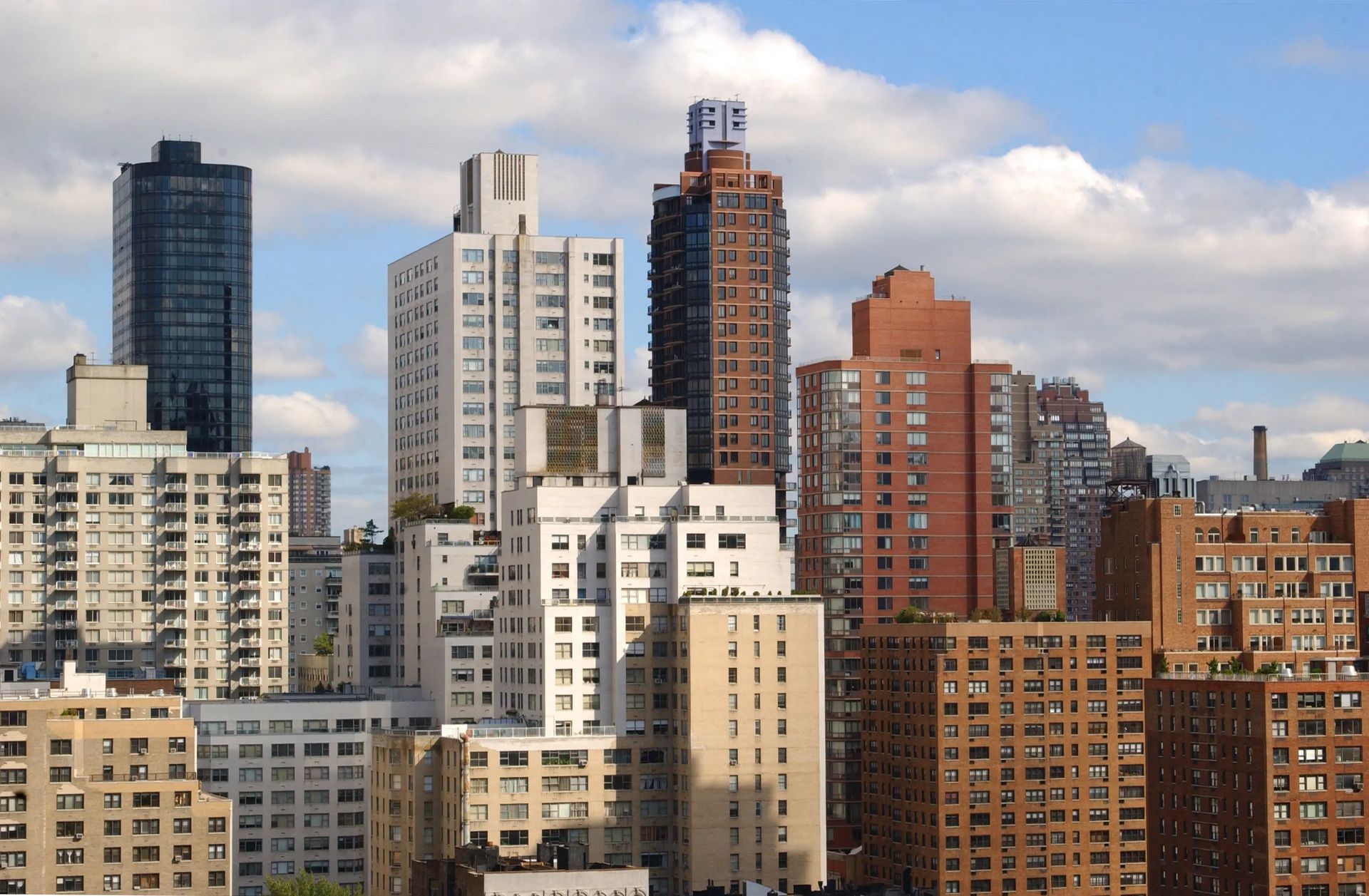- Builder and Developer Insights
- Posts
- Sustainable Procurement Policy
Sustainable Procurement Policy
Good morning!
We’re heading into the final stretch of the year, and I’m encouraged by how steadily we’ve been moving the ball forward. The work you’re doing to tighten operations and simplify the customer journey is already showing up in our numbers. Let’s keep that focus so we close November with real momentum.
— Lucas Robinson, Founder & CEO at BudgetMailboxes.com
🎯 This Week’s Strategy:
Sustainable Procurement Policy
🛠️ Boardroom Brief:
Developers Shift to 99-Unit Buildings as NYC Tax Program Reshapes Multifamily Strategy
Strategy
🎯 Sustainable Procurement Policy
The construction industry is increasingly prioritizing environmental responsibility, and Sustainable Procurement Policies are becoming essential for builders and developers committed to long-term value and regulatory alignment. A sustainable procurement policy ensures that the materials, products, and services you purchase are evaluated not just by cost and function, but also by environmental impact, ethical sourcing, durability, and lifecycle performance.
By adopting a sustainable procurement approach, builders and developers can reduce waste, minimize carbon footprints, improve resource efficiency, and strengthen brand reputation, all while staying ahead of evolving environmental regulations and client expectations. This strategy not only benefits the planet but also improves operational predictability and long-term project performance.
How to Implement a Sustainable Procurement Policy in Your Projects
✅ Define Clear Sustainability Criteria
Establish standards for the materials and suppliers you will work with. Criteria may include recycled content, low-carbon manufacturing processes, energy efficiency, water conservation, durability, and end-of-life recyclability.
✅ Evaluate and Prequalify Sustainable Suppliers
Create a vetted list of vendors that meet your sustainability requirements. Look for suppliers with credible environmental certifications (e.g., LEED, ISO 14001), transparent supply chains, and proven track records of sustainable practices.
✅ Incorporate Lifecycle Cost Analysis (LCA)
Shift procurement decisions from upfront cost comparisons to lifecycle cost evaluations. LCA helps you assess long-term environmental and financial impacts, including maintenance, energy consumption, and disposal.
✅ Prioritize Local and Regional Sourcing
Reduce transportation emissions and support local economies by sourcing materials from nearby manufacturers. Local materials often lead to faster delivery times and increased supply reliability.
✅ Implement Procurement Tracking and Reporting
Use procurement software or project management tools to monitor sustainability metrics. Track supplier performance, material compliance, and sustainability outcomes to ensure ongoing accountability.
Why It Matters
Sustainable procurement is no longer optional - it’s becoming a competitive advantage. As more clients, investors, and regulators emphasize environmental responsibility, builders and developers who adopt sustainable procurement policies position themselves ahead of industry demands.
This strategy leads to reduced waste, improved cost efficiency over time, stronger compliance, and enhanced brand credibility. By integrating sustainability into procurement decisions today, you’re building smarter, more resilient projects for tomorrow.
Fuel your business brain. No caffeine needed.
Consider this your wake-up call.
Morning Brew}} is the free daily newsletter that powers you up with business news you’ll actually enjoy reading. It’s already trusted by over 4 million people who like their news with a bit more personality, pizazz — and a few games thrown in. Some even come for the crosswords and quizzes, but leave knowing more about the business world than they expected.
Quick, witty, and delivered first thing in the morning, Morning Brew takes less time to read than brewing your coffee — and gives your business brain the boost it needs to stay sharp and in the know.
Boardroom Brief
Developers Shift to 99-Unit Buildings as NYC Tax Program Reshapes Multifamily Strategy

A new trend is emerging in New York City’s development landscape: a surge in proposals for residential buildings capped at 99 units, driven by the unintended consequences of the city’s 485-x tax incentive program. Intended to raise worker wages on large multifamily projects, the policy requires developers building 100 units or more to pay at least $40 per hour, increasing construction costs by roughly 2% for 100-unit buildings and up to 30% for projects above 150 units. The result? Developers filed 21 applications this quarter for exactly 99-unit buildings, more than the total submitted between 2008 and 2023 - signaling a strategic effort to avoid cost thresholds that undermine financial feasibility. While the program offers tax breaks tied to affordable housing, industry leaders warn that it is unintentionally suppressing large-scale development at a time when the city desperately needs more housing. With 90% of recent residential filings coming in under 100 units, experts caution that the city’s affordability crisis cannot be solved “99 units at a time,” urging policymakers to rethink incentive structures that currently discourage the very scale of construction required to meet demand.
Game
🎉 Fun Finale: Play & Poll
How do you think NYC’s new 485-x tax program will most impact future multifamily development?(Tap on your answer) |
 Real workflows. Real results | Curious About Agentic AI?A FREE community where agentic AI workflows are built and shared. |
Daily News for Curious Minds
Be the smartest person in the room by reading 1440! Dive into 1440, where 4 million Americans find their daily, fact-based news fix. We navigate through 100+ sources to deliver a comprehensive roundup from every corner of the internet – politics, global events, business, and culture, all in a quick, 5-minute newsletter. It's completely free and devoid of bias or political influence, ensuring you get the facts straight. Subscribe to 1440 today.


